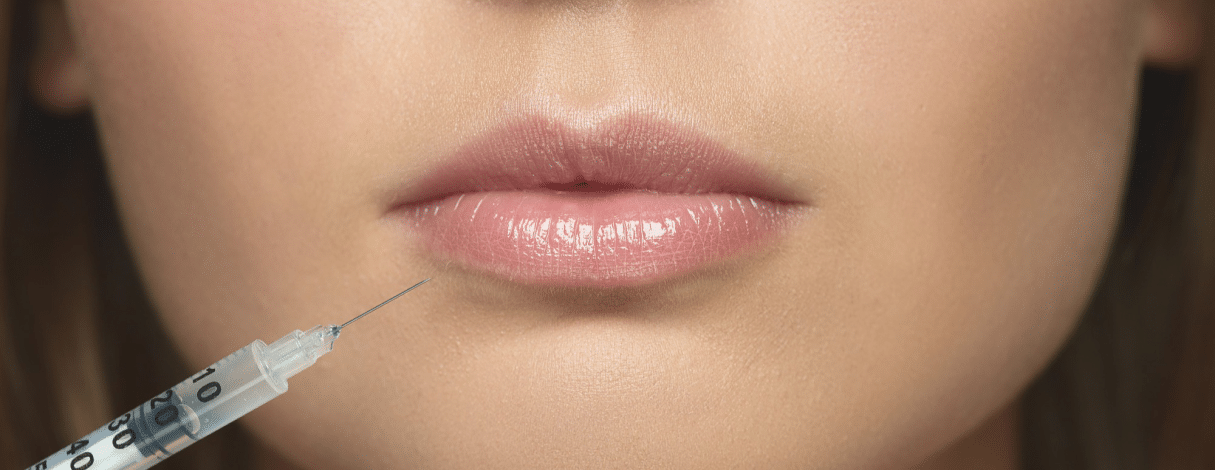
Lip aesthetics focuses on enhancing the appearance of lips through various cosmetic procedures such as fillers and contouring. With the rise of beauty standards influenced by media and celebrities, there’s an increasing demand for plumper, well-defined lips.
Patients seek these treatments to achieve a youthful, balanced look, making lip augmentation one of the most sought-after procedures in cosmetic dermatology. The trend underscores a broader cultural shift towards non-invasive enhancements, emphasizing natural yet noticeable improvements.
Lip aesthetics have evolved over time, shaped by cultural beliefs, social status, and beauty ideals. For instance, a late 20th-century study of Caucasian fashion models showed a preference for fuller, more anteriorly positioned lips.
Another study on male models from 1930 to 1995 found significant changes in ideal lip appearance, including enhanced lip protrusion, increased lip curl, and more vermilion display. The desire to achieve these evolving ideals, along with the accessibility of modern treatments, has led to a dramatic rise in lip augmentation procedures, making it one of the most popular aesthetic treatments today.
While cultural and temporal preferences shape the ideal lip—Western culture often favoring plumpness and definition—certain universal features stand out. These include fullness, volume, balanced upper and lower lip proportions, and a well-defined vermilion border.
Harmony with facial proportions is crucial, considering sexual dimorphism, as men typically exhibit larger mouth widths and lip volumes. The aesthetic industry’s technological advances have spurred a surge in temporary, semi-permanent, and permanent lip augmentation options. Yet, practitioners must also stay abreast of lip anatomy, assessment, and aesthetic principles to effectively utilize these evolving techniques and products.
The lips serve vital functions in oral cavity entrance, influencing mastication, phonation, and nonverbal communication through facial expression. The upper lip spans from the base of the nose to the vermilion border, with defining features like the philtrum and its pillars, shaping the iconic “Cupid’s Bow” appearance.
The vermilion, comprising dry and wet sections, delineates the lip’s red portion, bordered by paler skin known as the vermillion border. The oral commissures, where the upper and lower lips meet, form the corners of the mouth, completing the lip’s anatomical structure.
To properly assess the lips, the patient should be examined in their natural seated position, both at rest and in motion. This allows for an upright assessment of lip symmetry and muscle movement.
Considerations include changes in lip position due to teeth and alveolar changes over time. However, lip aesthetics are just one aspect of overall facial beauty. Other factors to consider include skeletal components, soft tissue morphology, and dental characteristics such as crown length and gingival margin.
For effective treatment outcomes, lip assessment should be conducted systematically, considering key parameters:
Practitioners must have a thorough understanding of lip aging and communicate effectively with patients to achieve satisfactory outcomes in lip aesthetics.
In conclusion, comprehensive knowledge and understanding of the aging process in the lip and perioral region are crucial for achieving successful aesthetic lip treatments. Equally important is ensuring that patients are fully informed about the complexities involved in lip treatment. By prioritizing patient education and practitioner expertise, optimal treatment outcomes and patient satisfaction can be consistently achieved.
Join our newsletter to receive latest news and offers

Medicle MD Ltd
Reg. Number: 14317237
Address: 27 Old Gloucester Street,
WC1N 3AX London,
United Kingdom
Our website is intended solely for people who use medical devices, such as dermal fillers, as professionals. It may contain product advertisements targeted only at such people. To enter Nu Derma Supply, please confirm that you are such a person (e.g. a medical professional, cosmetologist, service technician, etc.).